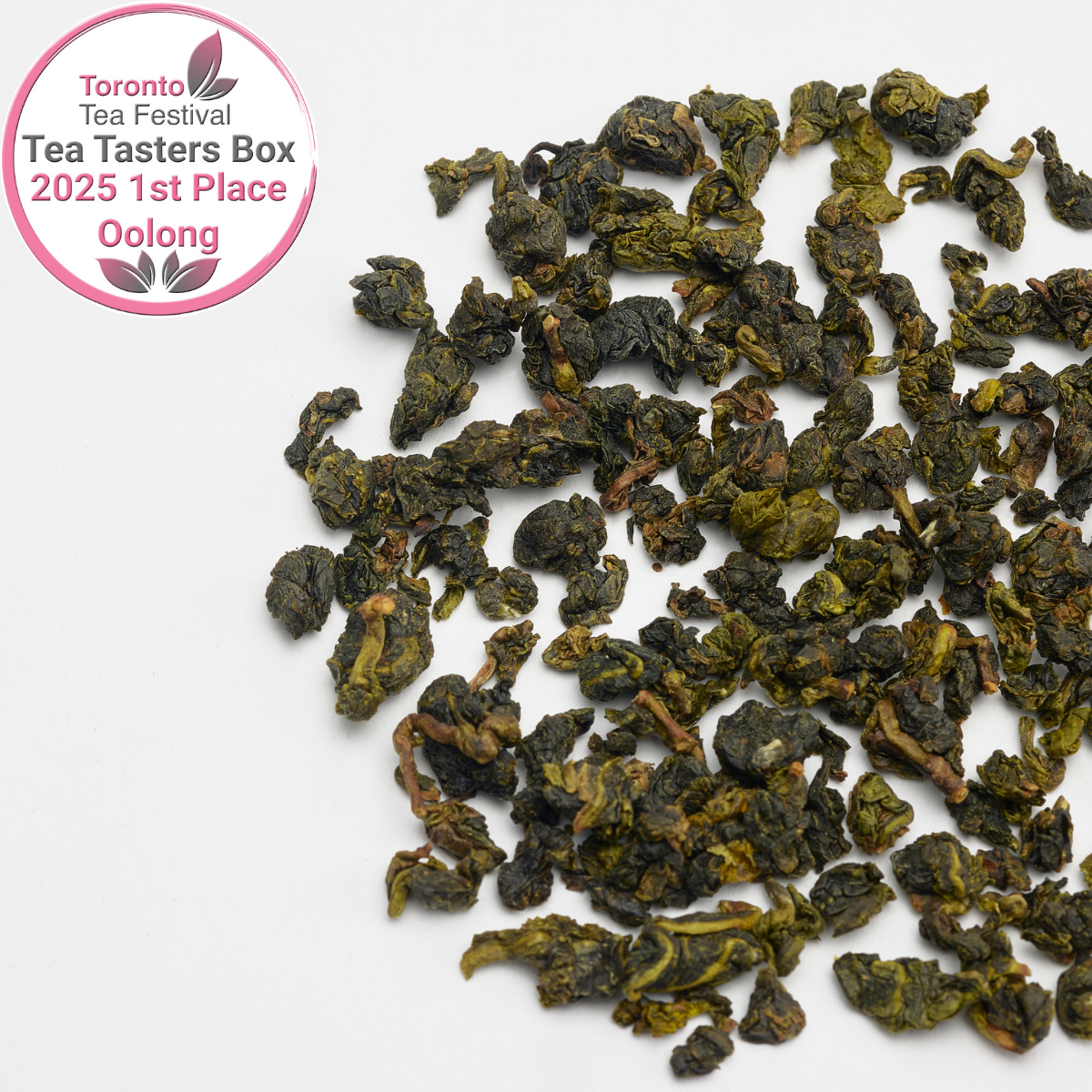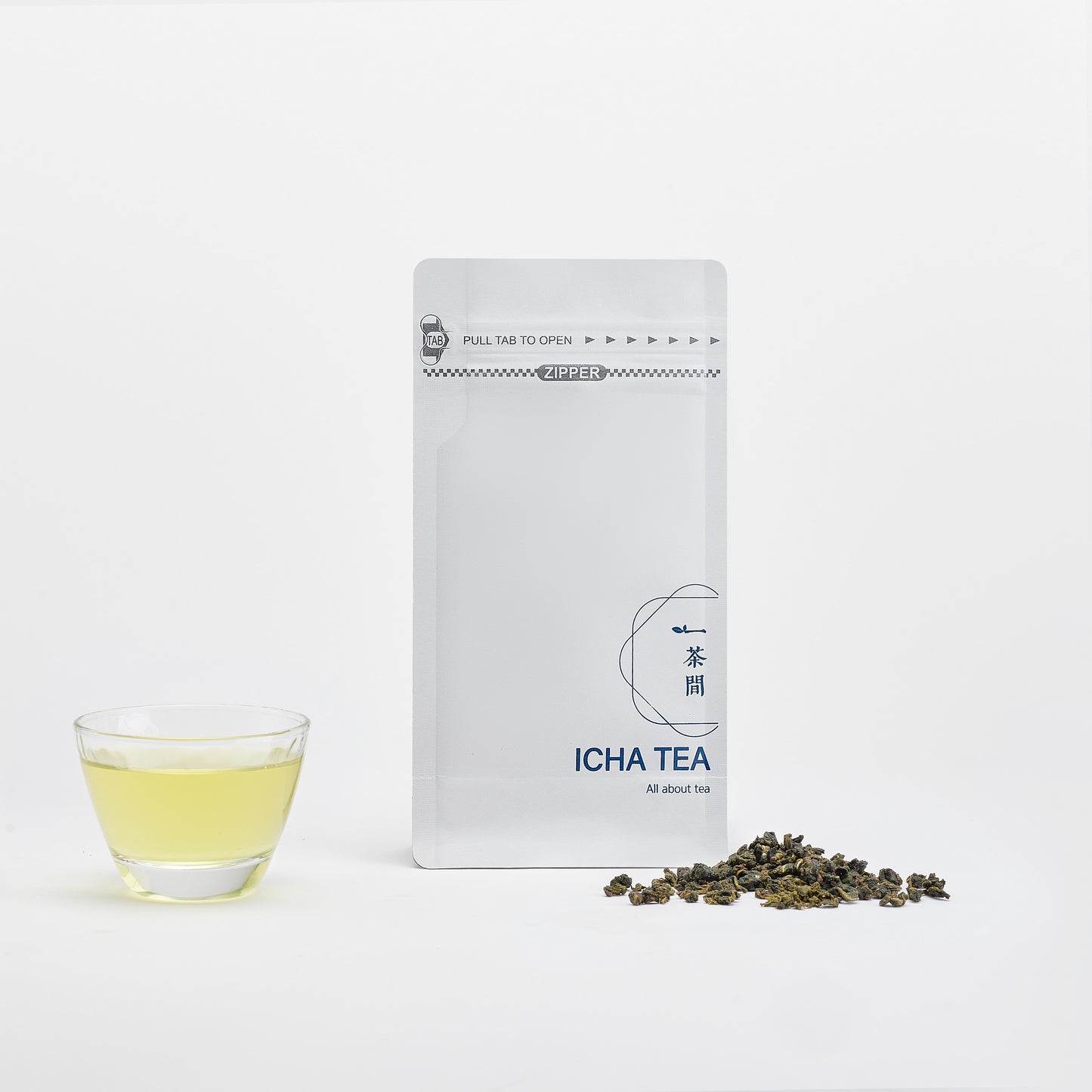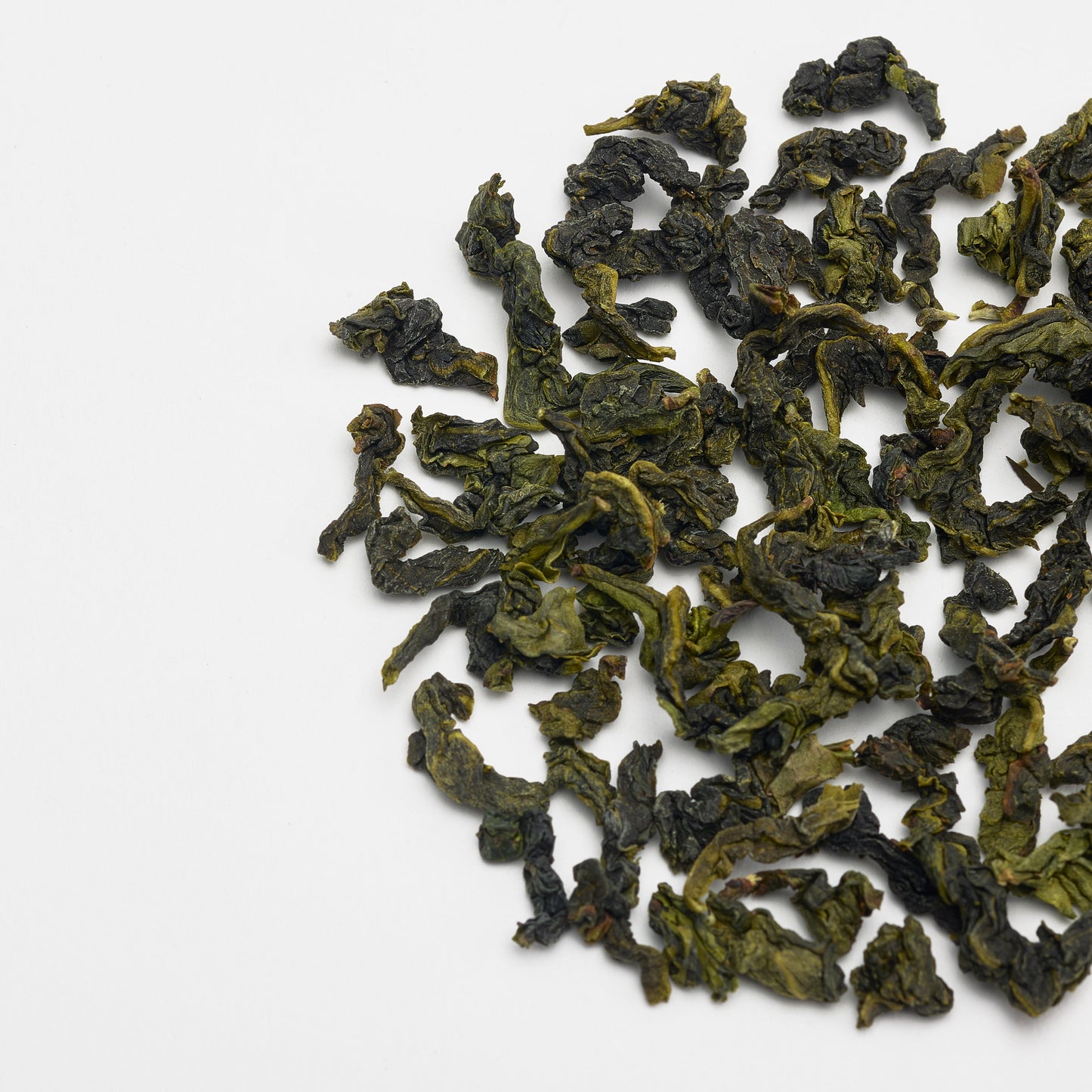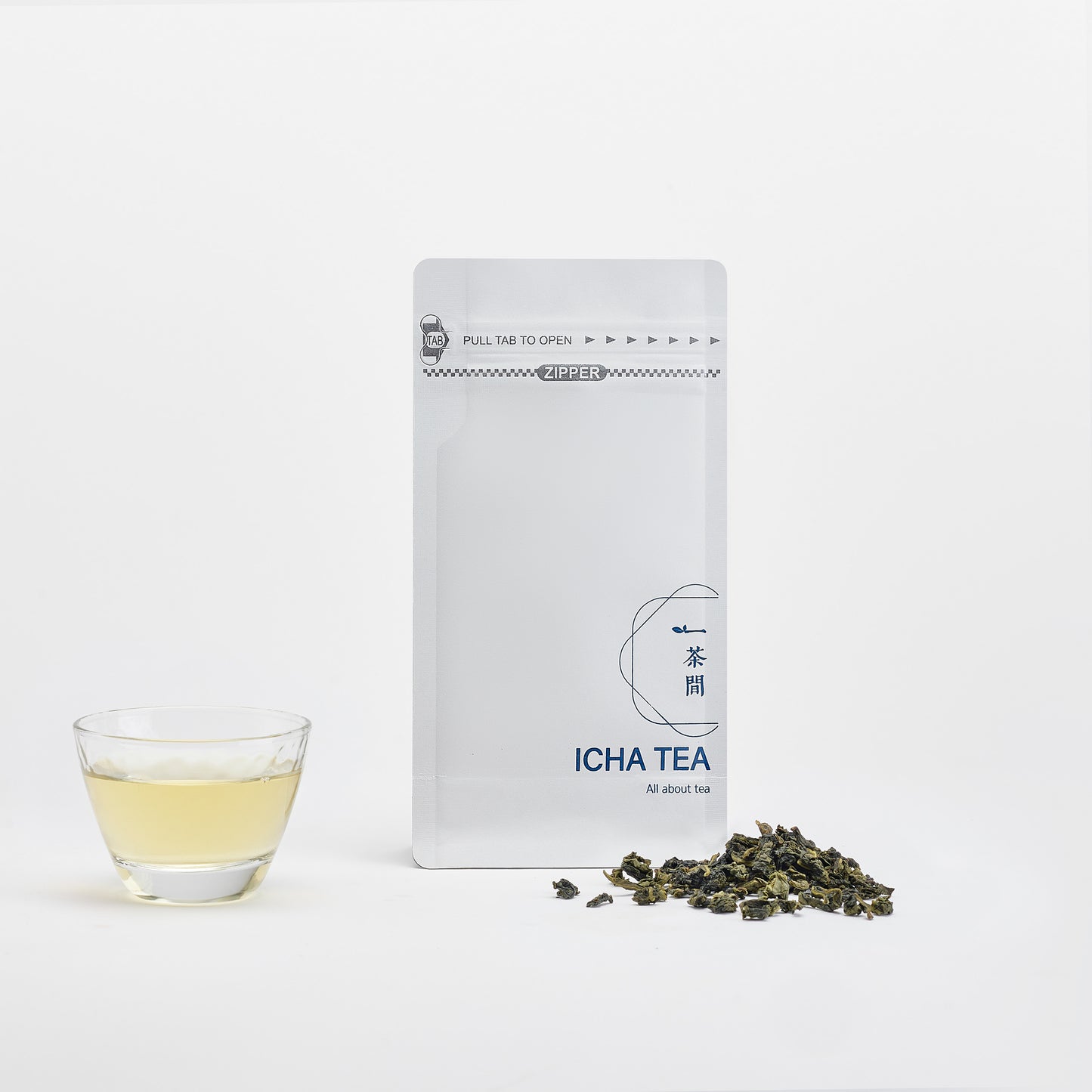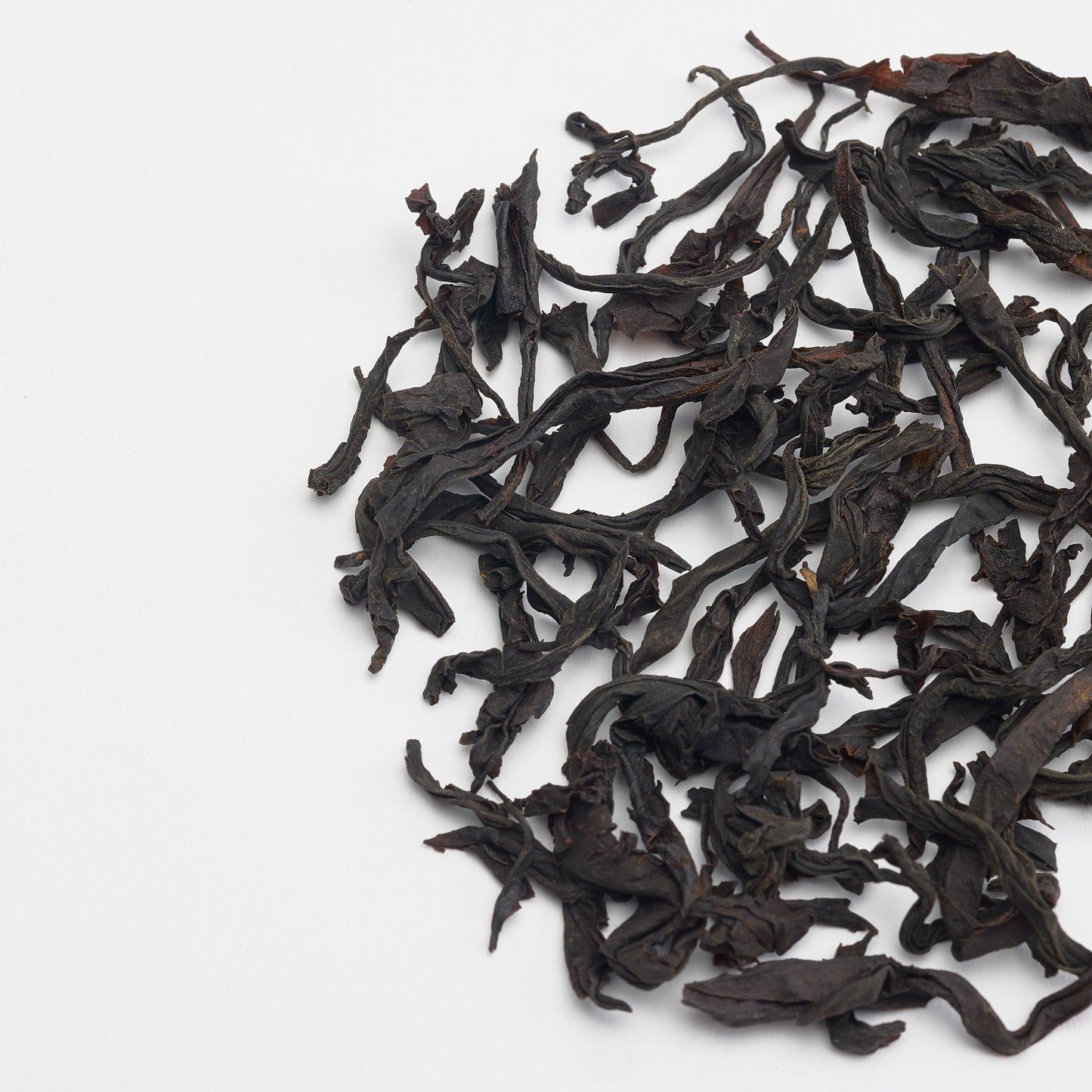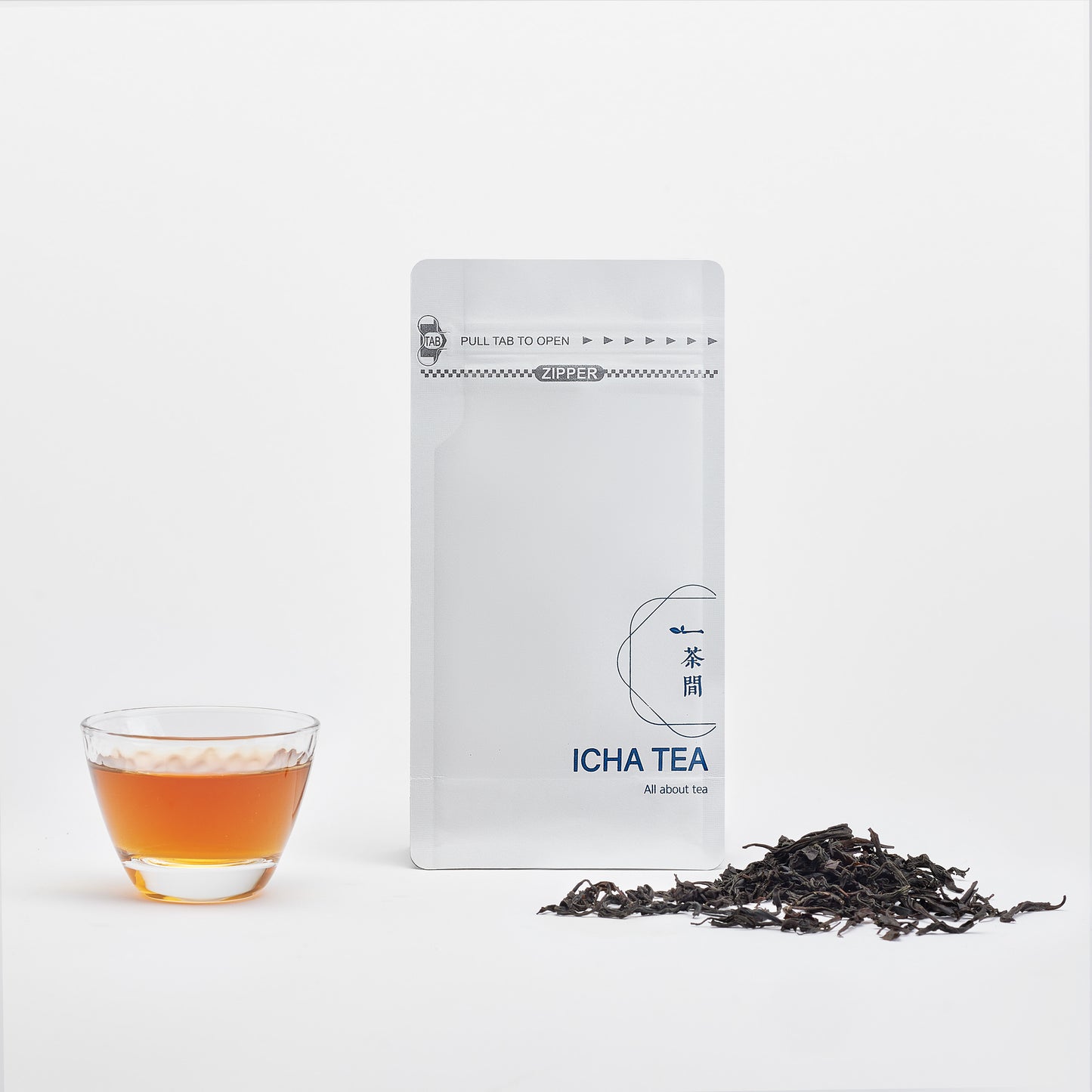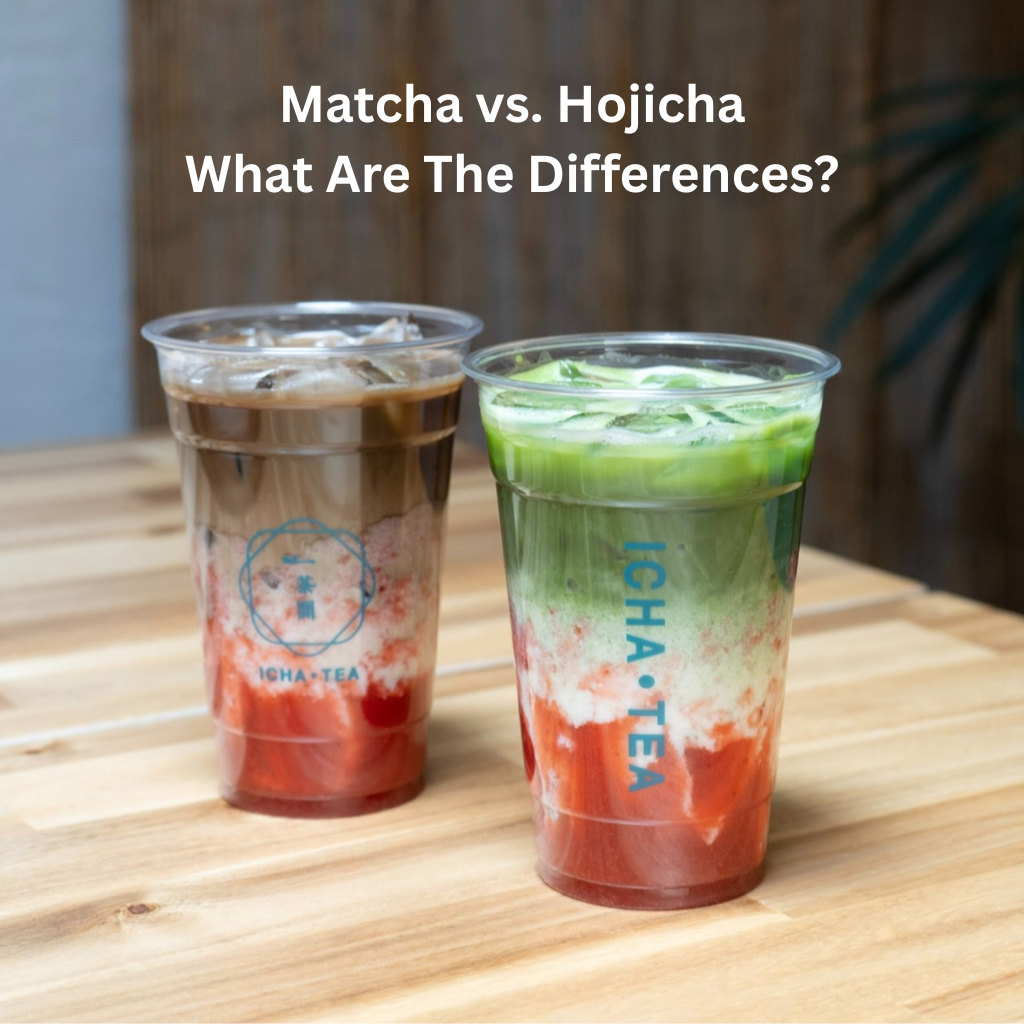
The world of Japanese green tea extends far beyond the vibrant emerald powder that has captivated global attention. While matcha continues to dominate wellness conversations, another remarkable tea variety deserves recognition: hojicha. This roasted green tea offers a completely different experience and exposes a completely different dimension of Japanese tea culture.
Understanding the distinctions between matcha and hojicha opens doors to a more nuanced appreciation of Japanese tea traditions. Whether you're seeking morning energy or evening relaxation, each tea serves unique purposes in daily wellness routines.
What Is Hojicha?
Hojicha represents innovation born from necessity. In 1920s Kyoto, resourceful tea merchants faced a common problem. What to do with leftover tea leaves, stems, and twigs? Rather than waste these materials, they experimented with roasting techniques, creating an entirely new category of Japanese tea. Roasted teas!
Mottainai: A Philosophy of No-Waste
The roasting process transforms ordinary green tea leaves into something more valuable, economical, and delicious. Unlike matcha's shade-grown cultivation, hojicha can be made from various parts of the tea plant, including older leaves, stems, and twigs that would otherwise be thrown out. This sustainable approach reflects Japanese principles of mottainai, which translates to "What a waste!" in English but is better captured as "Waste not, want not." A philosophy of minimizing waste and finding value in all things.
The characteristic roasting occurs at temperatures between 150-200°C, fundamentally altering the tea's chemical composition¹. This process reduces caffeine content while creating unique flavour compounds that set hojicha apart from all other green teas. Hojicha is also processed into a fine powder and can be prepared in the same fashion as matcha green tea.

Matcha: The Ceremonial Standard
Matcha's story begins centuries earlier, rooted in Japanese tea ceremony traditions. Shade-grown tencha leaves undergo weeks of careful cultivation before being stone-ground into the fine powder we recognize today. This meticulous process preserves maximum antioxidant content while creating matcha's signature vibrant green colour.
The labour-intensive production explains matcha's premium positioning. Every step, from shading techniques to grinding methods, impacts the final product's quality, flavour, and nutritional profile.
(Learn more about how matcha can sharpen your mental clarity and focus in this article)
Key Differences: A Detailed Comparison
| Aspect | Matcha | Hojicha |
|---|---|---|
| Colour | Vibrant jade green | Rich brown with reddish tones |
| Processing | Stone-ground shade-grown leaves | Roasted tea leaves, stems, twigs |
| Caffeine Content | 70-85mg per serving | 7-10mg per serving |
| Flavour Profile | Grassy, umami, slightly bitter | Nutty, caramel, smoky |
| Aroma | Fresh, vegetal | Warm, toasted, comforting |
| Best Consumed | Morning to early afternoon | Afternoon or anytime (unless caffeine-sensitive) |
| Preparation Temperature | 70-80°C (158-176°F) | 90-100°C (194-212°F) |
| Antioxidants | Extremely high (catechins) | Moderate (altered by roasting) |
Production Methods: From Garden to Cup
Matcha Production: Matcha begins with tencha cultivation, where tea plants are shaded for 3-4 weeks before harvest. This process increases chlorophyll and amino acid content while reducing tannins. After harvest, leaves are steamed, dried, and stone-ground using traditional granite mills that preserve delicate flavors and nutrients.
Hojicha Production: Hojicha production embraces simplicity and sustainability. Various tea plant parts are collected, rolled, and roasted in iron pans or porcelain pots over charcoal fires¹. The roasting duration and temperature determine the final flavor intensity, with longer roasting creating deeper, smokier notes.
Caffeine: Energy vs. Relaxation
The caffeine difference between these teas dramatically affects their ideal consumption times. Matcha's substantial caffeine content (comparable to coffee) makes it perfect for morning rituals or afternoon energy boosts. The presence of L-theanine creates sustained energy without typical caffeine crashes.
(Learn more about nature's stress buster L-theanine and matcha here)
Hojicha's minimal caffeine content results from two factors: the use of naturally lower-caffeine plant parts and the roasting process that breaks down caffeine molecules². This makes hojicha ideal for evening consumption or for those sensitive to stimulants. Be aware there is still caffeine in hojicha. For individuals sensitive to caffeine, it is still not recommended to consume it close to bedtime.

Flavour Complexity: Fresh vs. Roasted
Matcha's Smooth Flavour Journey: High-quality matcha delivers complex flavour layers—initial grassiness gives way to umami richness, followed by subtle sweetness. The shade-growing process creates amino acids that contribute to matcha's distinctive savory notes and smoothness.
Hojicha's Comfort Profile: Roasting creates entirely new flavor compounds through the Maillard reaction. Pyrazines develop during roasting, producing the warm, nutty aromas that make hojicha so comforting¹. These same compounds appear in roasted coffee, baked bread, and grilled foods. This explains hojicha's universal appeal.
Health Benefits: Different Strengths
Matcha's Nutritional Powerhouse:
- Exceptional antioxidant levels (137x more EGCG than regular green tea)³
- Enhanced metabolism support
- Sustained energy from caffeine-L-theanine combination
- Potential cognitive benefits
Hojicha's Gentle Wellness:
- Improved circulation from pyrazine compounds
- Digestive support after meals
- Stress reduction without stimulation
- Lower tannin content for better iron absorption⁴
Pyrazine is a natural chemical compound that accounts for the earthy and nutty flavour in many food products, such as cocoa, coffee, nuts, and roasted teas.
Preparation Techniques
Traditional Matcha Preparation:
- Sift 1-2 teaspoons matcha powder
- Add 60ml water at 70-80°C
- Whisk vigorously with bamboo chasen until frothy
- Enjoy immediately while warm
Hojicha Brewing Methods:
- Loose Leaf: Steep 1 tablespoon hojicha in 200ml boiling water for 2-3 minutes
- Powder Form: Whisk like matcha but with hotter water (90-100°C)
-
Cold Brew: Steep overnight 8-12 hours in cold water for a smooth, mellow flavour. Start with 2 heaping tablespoons per 1.5 liters of water.
Modern Applications and Innovations
Both teas have found new life in contemporary culinary applications. Matcha dominates the dessert world with lattes, ice cream, and baked goods, while hojicha appears in everything from craft cocktails to savory dishes.
Matcha has expanded into protein powders, skincare products, and gourmet confections, while hojicha finds its place in wellness drinks, craft cocktails, and comfort food applications.
(Read more about Japanese anti-aging secrets and matcha beauty rituals)
When To Drink Matcha and Hojicha?
Choose Matcha When:
- Seeking morning or afternoon energy
- Wanting maximum antioxidant benefits
- Enjoying bold, complex flavours
- Practicing mindful tea ceremonies
Choose Hojicha When:
- Preferring afternoon or late-day consumption
- Sensitive to caffeine
- Craving warm, comforting flavours
- Seeking digestive support after meals
Embracing Both Traditions
Comparing matcha versus hojicha is not meant to be a debate. These teas complement rather than compete with each other. They offer different experiences for different moments during one's day. Matcha tea energizes and focuses, while hojicha tea soothes and comforts.
Incorporating both into your wellness or tea routine provides flexibility and variety. Start your day with matcha's invigorating energy, then wind down with hojicha's gentle warm grounding.
Visit ICHA TEA at our Spadina or Queens Street West location to try out hojicha and matcha latte to experience both for yourself! Available with fresh, strawberry puree toppings.
Some Other Articles You Might Enjoy:
- What Is Going On With This Matcha Shortage?!
- Matcha Moments - 3 Ways to Satisfy Your Sweet Cravings
- 3 Refreshing Matcha Beverages for Warm Weather
- How The Japanese Really Enjoy Their Matcha Today
- Does Matcha Help With Weight Loss?
References
- Yang, Y., et al. "Quantitation of pyrazines in roasted green tea by infrared-assisted extraction." Food Research International, vol. 134, 2020, article 109167. https://doi.org/10.1016/j.foodres.2020.109167
- Satoh, E., et al. "Comparison of the antioxidant activity of roasted tea with green, oolong, and black teas." International Journal of Food Sciences and Nutrition, vol. 56, no. 8, 2005, pp. 551-559. https://doi.org/10.1080/09637480500398835
- Kochman, J., et al. "Health Benefits and Chemical Composition of Matcha Green Tea: A Review." Molecules, vol. 26, no. 1, 2021, article 85. https://doi.org/10.3390/molecules26010085
- Sampath, C., et al. "Roasted green tea and its effect on metabolic biomarkers: A systematic review." Phytotherapy Research, vol. 35, no. 5, 2021, pp. 2000-2010. https://doi.org/10.1002/ptr.6965
- Zhu, Y.M., et al. "Roasting process shaping the chemical profile of roasted green tea." Food Chemistry, vol. 353, 2021, article 129428. https://doi.org/10.1016/j.foodchem.2021.129428

